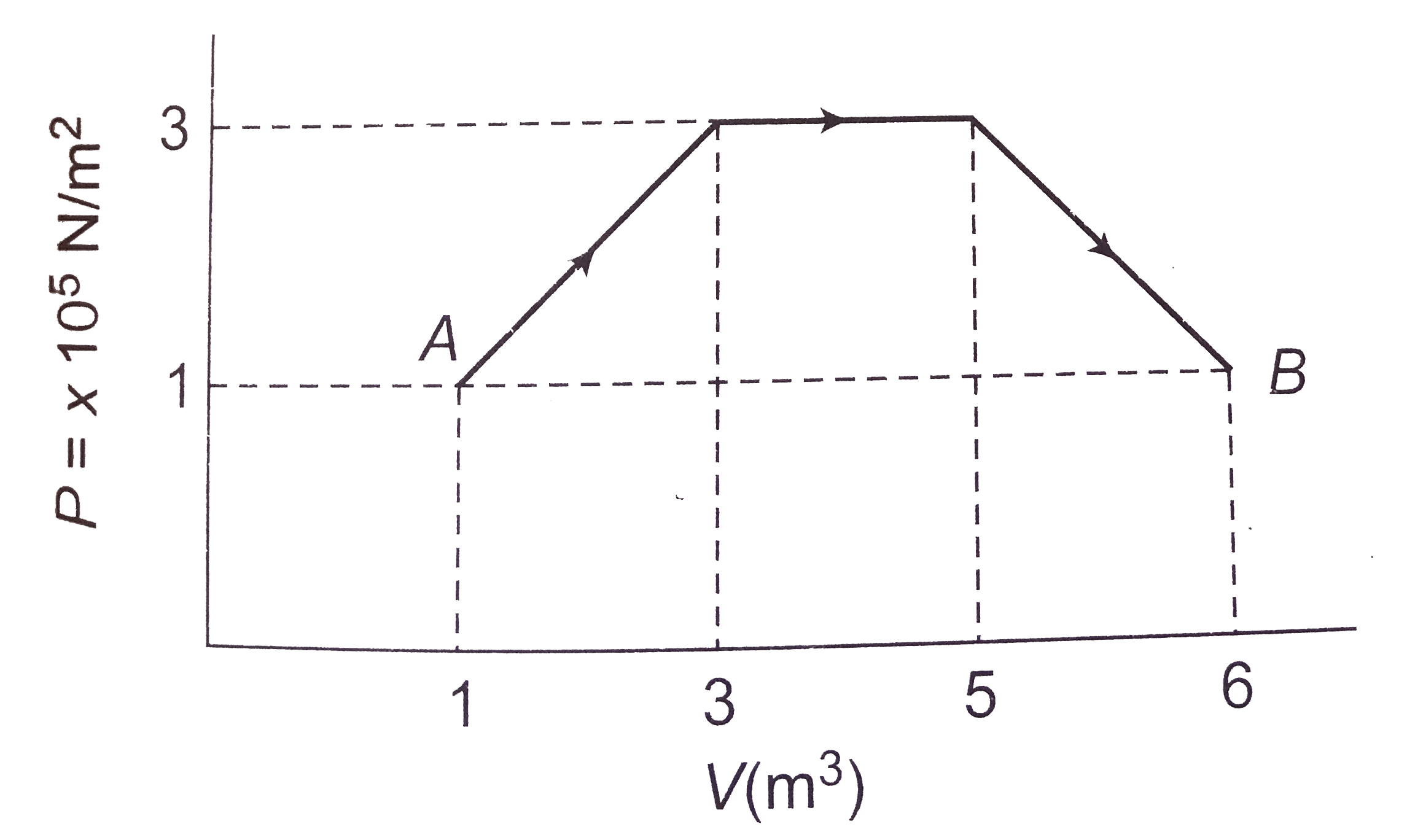If I is the intenisty of an absorbed light and c is the concentration of AB for the photochemical process. AB+hv→AB∗, the rate of formation of AB∗ is directly proportional to
A
C
B
I
C
I2
D
C.I
Video Solution
Text Solution
The correct Answer is:B
In photochemical reaction the rate of formation of product is directly proportional to the intensity of absorbed light.
|
Updated on:21/07/2023
Topper's Solved these Questions
- BOOK - ERRORLESSCHAPTER - CHEMICAL KINETICSEXERCISE - NCERT BASED QUESTIONS (Graphical Questions)7videos
CHEMICAL KINETICS
- BOOK - ERRORLESSCHAPTER - CHEMICAL KINETICSEXERCISE - PAST YEARS QUESTIONS51videos
CHEMICAL KINETICS
- BOOK - ERRORLESSCHAPTER - CHEMICAL KINETICSEXERCISE - NCERT BASED QUESTIONS (Collision Theory, Energy of Activation and Arrhenius Equation)54videos
CHEMICAL KINETICS
- BOOK - ERRORLESSCHAPTER - CARBOXYLIC ACIDSEXERCISE - Assertion & Reason5videos
CARBOXYLIC ACIDS
- BOOK - ERRORLESSCHAPTER - CHEMISTRY IN EVERYDAY LIFE EXERCISE - Assertion & Reason4videos
CHEMISTRY IN EVERYDAY LIFE
Similar Questions
Knowledge Check
- Question 1 - Select One
If I is the intenisty of an absorbed light and c is the concentration of AB for the photochemical process. AB+hv→AB∗, the rate of formation of AB∗ is directly proportional to
ACBICI2DC.I. - Question 2 - Select One
If I is the intenisty of an absorbed light and c is the concentration of AB for the photochemical process. AB+hv→AB∗, the rate of formation of AB∗ is directly proportional to
ACBICI2DC.I - Question 3 - Select One
If I is the intenisty of an absorbed light and c is the concentration of AB for the photochemical process. AB+hv→AB∗, the rate of formation of AB∗ is directly proportional to
ACBICI2DC−I
If ‘I’ is the intensity of absorbed light and C is the concentration of AB for the photochemical process the rate of formation of A+hv→AB∗ is directly proportional to :
View Solution
The work done in the process AB isView SolutionIn the elementary reaction A+B→AB , if the concentration A and B is doubled , the rate of reaction will
View SolutionIf C is the mid-point of AB and P is any point outside AB, then
View SolutionIf C is the mid-point of AB and P is any point outside AB, then
View Solution

